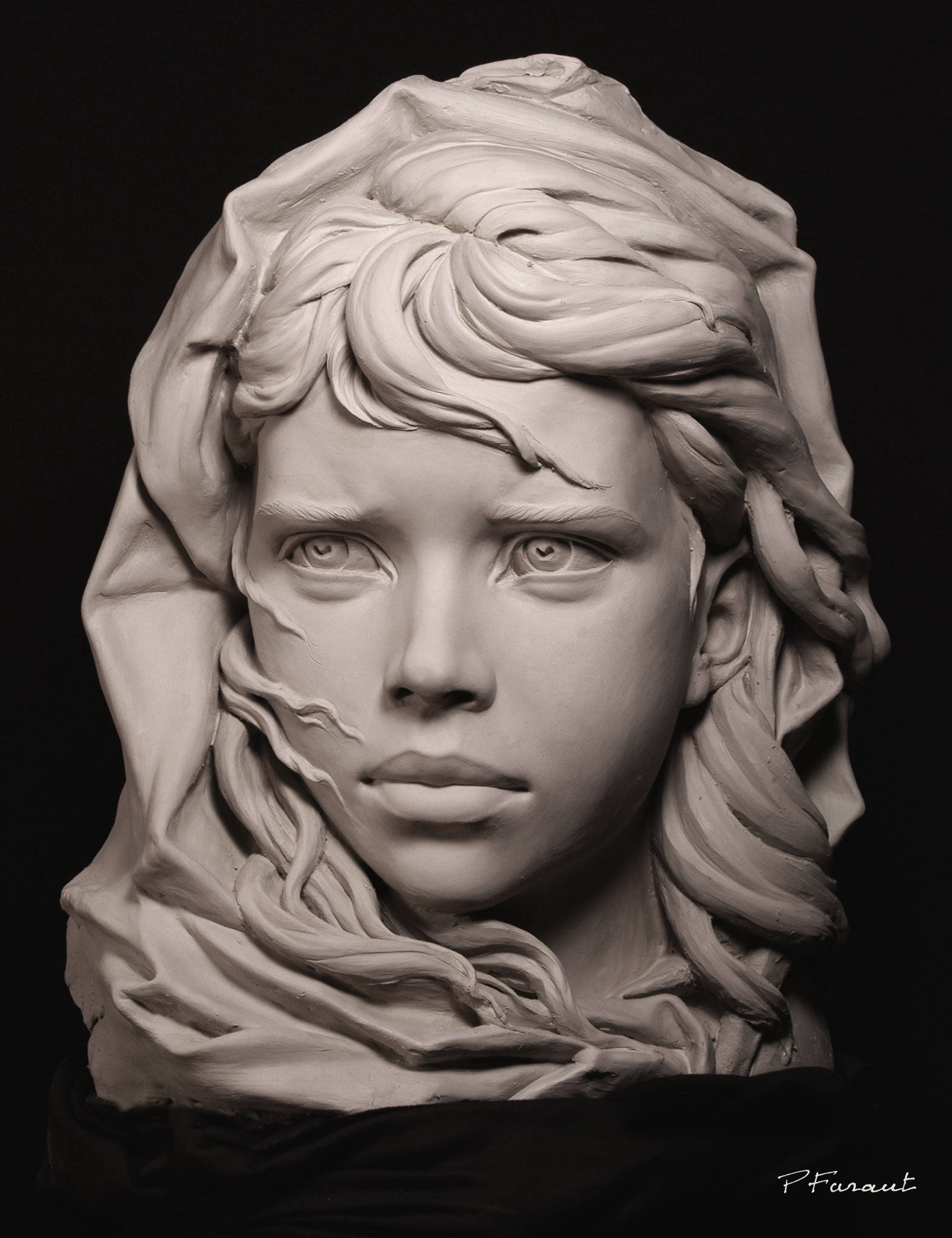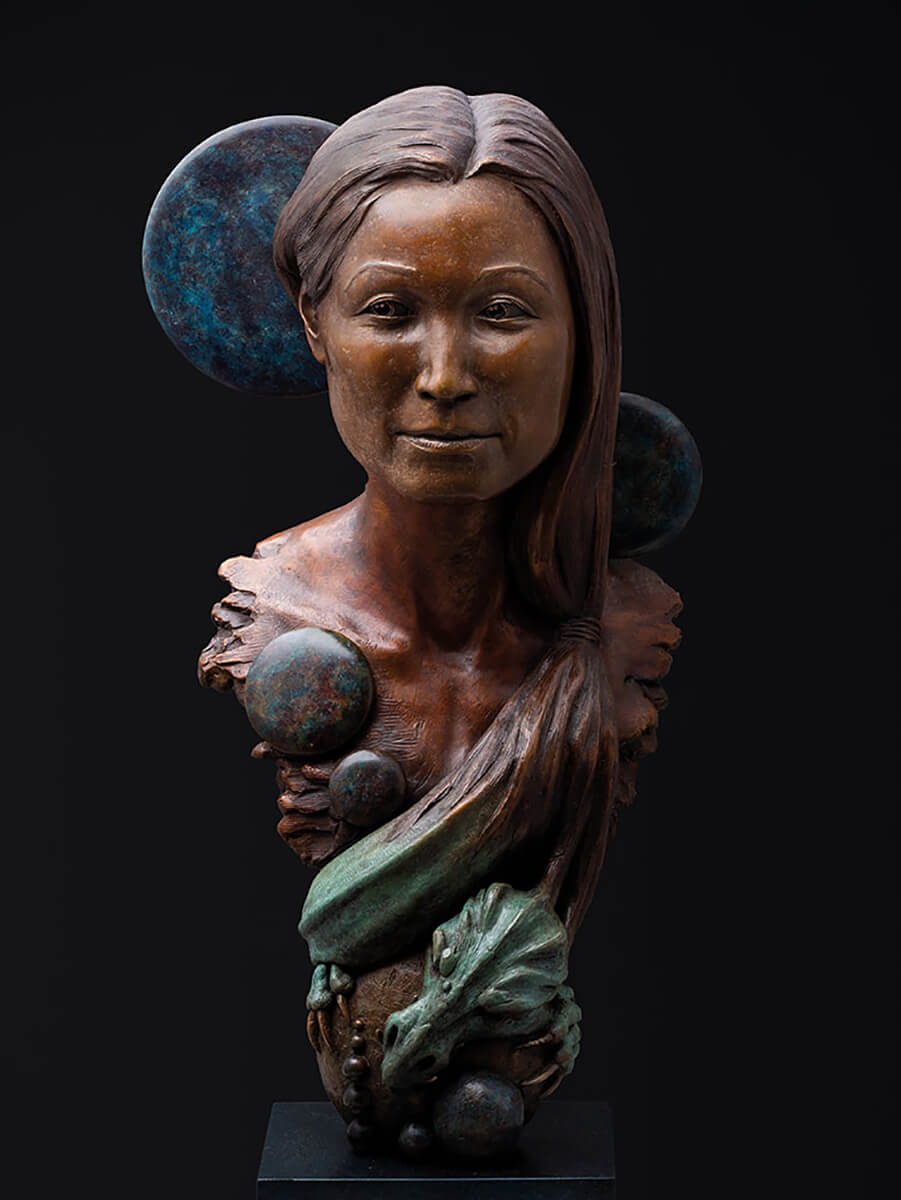Timeless Appeal in Bronze: Unveiling the Art of Bronze Sculptures
Wiki Article
Shaping the Human Form: Representations of the Body in Sculpture
Shaping the Human Form: Representations of the Body in Sculpture is an extensive exploration of the artistic depiction of the body throughout history. This exhibition explores the different techniques, designs, and cultural viewpoints that have shaped the way artists have depicted the human kind in sculpture. From the splendid marble sculptures of old Greece to the detailed work of arts of the Renaissance, from the flamboyant and ornate Baroque and Rococo sculptures to the avant-garde and abstract expressions of contemporary and contemporary sculpture, this exhibition supplies a captivating journey with the development of this classic art type - Equine Sculptures. By taking a look at the diverse analyses and representations of the body, site visitors will get a deeper understanding of the creative, cultural, and societal influences that have formed our perception of the human type.Old Greek Sculptures

One of the defining characteristics of Ancient Greek sculptures is their emphasis on symmetry. Each component of the body is thoroughly crafted to be in proportion to the entire, producing a sense of equilibrium and consistency. The sculptors paid careful interest to every information, from the placement of muscles to the positioning of limbs, making certain that each number appeared both stylish and powerful.
The Greeks also valued the principle of idyllic elegance. As opposed to portraying the blemishes and flaws of the human form, they looked for to develop an idealized variation of fact. The sculptures commonly depicted professional athletes, sirens, and gods, with their bodies shaped to excellence. Robert C Hitchcock Sculptor. This idyllic portrayal of the human form not only renowned physical charm but likewise acted as a way of motivating and boosting the viewer.
Renaissance Masterpieces
Proceeding the exploration of the portrayal of the human type in sculpture, Renaissance masterpieces additionally refine the idyllic idea of appeal, structure upon the harmonious and symmetrical percentages of their Ancient Greek precursors. Throughout the Renaissance period, which extended from the 14th to the 17th century in Europe, musicians sought to revive the classical ideals of old Greece and Rome. They studied and mimicked the jobs of the old masters, aiming for a reasonable representation of the body.
His masterpiece, the sculpture of David, exemplifies the perfection and elegance that came to be identified with Renaissance art. Standing at over 17 feet high, the sculpture portrays the biblical hero in a state of calm prior to his battle with Goliath.
One more remarkable Renaissance carver was Donatello. His sculpture of Saint George, created in the very early 15th century, showcases the musician's capability to share strength and the aristocracy through the human type. The sculpture depicts the fabulous dragon-slaying saint in a positioned and certain stance, exuding a sense of heroism.
Renaissance work of arts not only celebrated the physical appeal of the body but likewise communicated much deeper emotions and meanings. With their precise attention to detail and experienced craftsmanship, Renaissance artists boosted the art of sculpture to brand-new elevations, leaving a long lasting heritage that proceeds to influence artists to today.
Baroque and Rococo Sculpture
Baroque and Rococo sculpture exemplifies the ornate and extravagant portrayal of the human kind throughout the 17th and 18th centuries. Musicians such as Gian Lorenzo Bernini and Alessandro Algardi developed sculptures that communicated motion, usually showing figures in remarkable presents.
Rococo sculpture, on the other hand, emerged as a response to the grandiosity of the Baroque period. They commonly depicted figures in graceful and sensual postures, mirroring the laid-back and wayward nature of the Rococo design.
Both Rococo and baroque sculpture positioned an excellent focus on the human type, celebrating its beauty and sharing a variety of emotions - Contemporary Sculptures. Whether it was the dynamic and powerful figures of the Baroque or the graceful and captivating numbers of the Rococo, these sculptures recorded the essence of the human experience, leaving a long-term effect on the art globe
Modern and Contemporary Sculpture
The evolution of shaping the human kind continues in contemporary and modern-day sculpture. Modern sculpture emerged in the late 19th century as an action to the altering political and social landscape.In the 20th century, the surge of abstraction and theoretical art brought new opportunities for carvers. Musicians like Henry Moore and Barbara Hepworth explored the partnership between form and space, creating natural and abstracted figures that tested traditional concepts of you can try here representation. Moore's huge bronze sculptures and Hepworth's carved rock works are celebrated for their innovative use materials and their capacity to stimulate a sense of the body in a non-literal means.
Contemporary sculpture proceeds to push the borders of depiction and discover new products and techniques. Musicians like Antony Gormley and Ron Mueck develop hyper-realistic sculptures that challenge our assumption of the human body, while others, such as Louise Bourgeois and Kiki Smith, make use of the body as an allegory for personal and cumulative experiences. The human type stays an effective topic in sculpture, offering a platform for artists to check out identification, feeling, and the human condition.
Social Point Of Views on the Body

In the exploration of shaping the human type, the examination of social perspectives on the body discloses a abundant and diverse tapestry of representations and analyses. Throughout history, various societies have held special ideas and values pertaining to the body, causing distinctive creative expressions - Contemporary Sculptures. These cultural perspectives shape the way the body is portrayed and perceived in sculpture, reflecting social standards, religious beliefs, and aesthetic perfects
For circumstances, old Greek sculptures celebrated the idealized human type, stressing physical beauty and athleticism. In comparison, ancient Egyptian sculptures concentrated on the conservation of the body in the immortality, depicting numbers with idealized features and inflexible poses.
In a similar way, cultural point of views on the human body in African art often stress public identity and spiritual beliefs (Bronze Sculptures). Sculptures from different African cultures illustrate the body with exaggerated functions, representing social values and ancestral links. Indigenous societies in the Americas likewise have special perspectives on the human body, frequently portraying it in a spiritual context and highlighting the connection between people and nature
The evaluation of social viewpoints on the human body in sculpture permits us to acquire understanding right into the values, beliefs, and aesthetics of different societies throughout history. It highlights the diversity of human experiences and the methods which art shows and shapes our understanding of the human type.

Verdict
To conclude, the representation of the human body in sculpture has evolved with time, reflecting different imaginative movements and cultural perspectives. From the idealized figures of Ancient Greek sculptures to the emotive and reasonable Renaissance work of arts, and the detailed details of Baroque and Rococo sculptures, to the abstract and experimental forms of contemporary and contemporary sculpture. The human body has been a subject of attraction and imaginative exploration throughout history, showcasing the varied interpretations and expressions of the human kind.Sculpting the Human Form: Representations of the Body in Sculpture is an extensive exploration of the artistic representation of the human body throughout background. From the exquisite marble sculptures of old Greece to the intricate work of arts of the Renaissance, from the luxuriant and flamboyant Baroque and Rococo sculptures to the avant-garde and abstract expressions of modern and modern sculpture, this event offers a fascinating journey via the advancement of this timeless art kind. Artists like Antony Gormley and Ron Mueck create hyper-realistic sculptures that challenge our perception of the human body, while others, such as Louise Bourgeois and Kiki Smith, use the body as an allegory for personal and cumulative experiences. The human type continues to be an effective topic in sculpture, supplying a platform for artists to explore identification, emotion, and the human problem.
From the idyllic numbers of Ancient Greek sculptures to the emotive and sensible Renaissance work of arts, and the intricate information of Baroque and Rococo sculptures, to the abstract and experimental types of modern and modern sculpture.
Report this wiki page